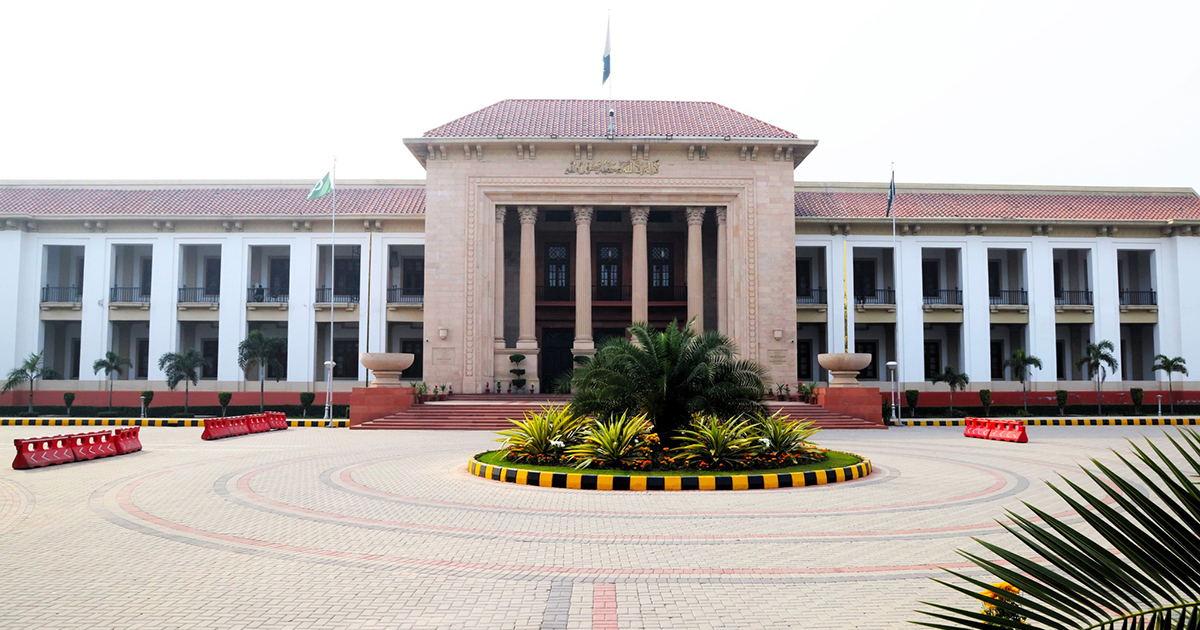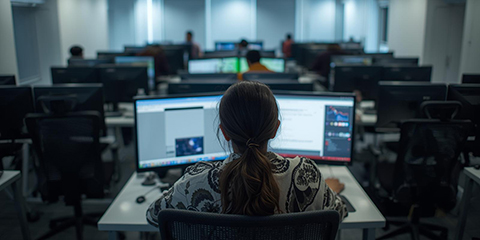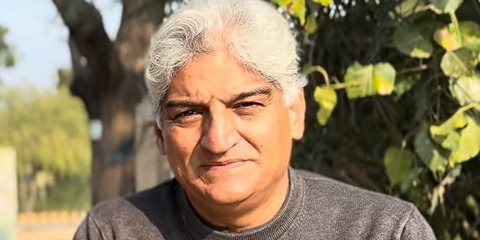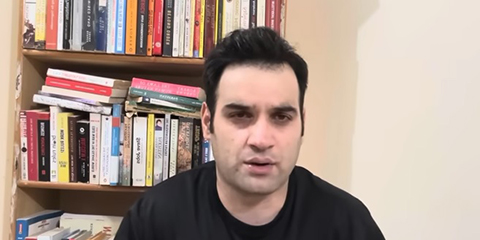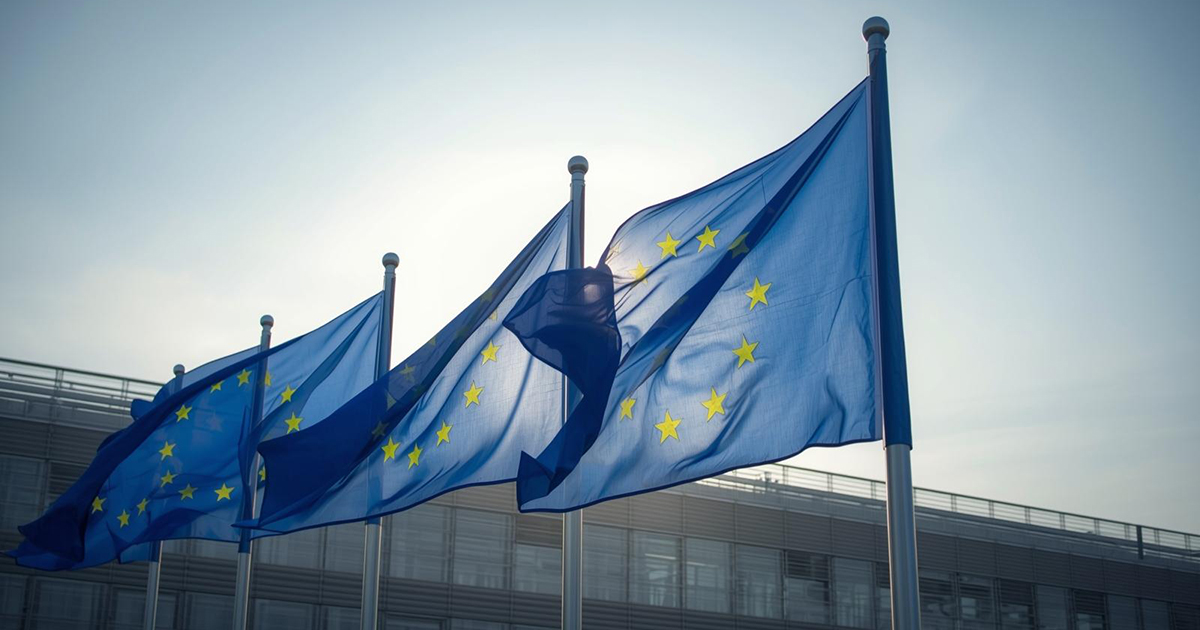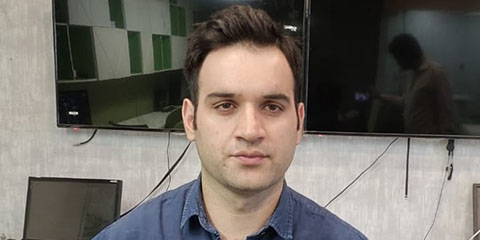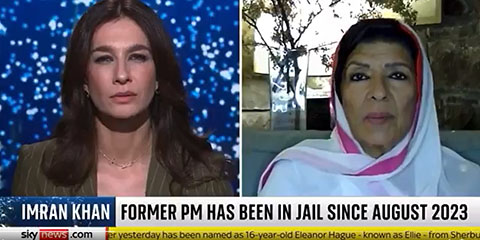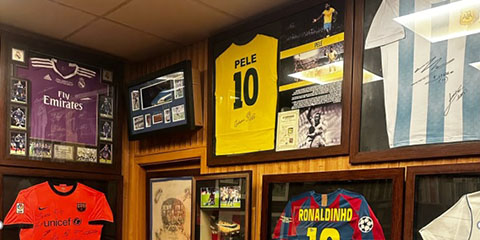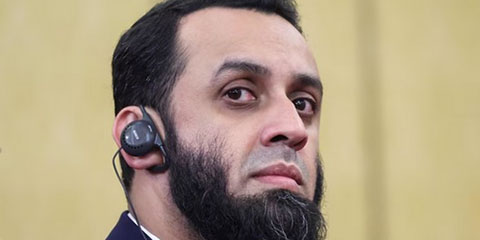Shelter to open in Mexico for reporters under threat
JournalismPakistan.com | Published 9 years ago
Join our WhatsApp channel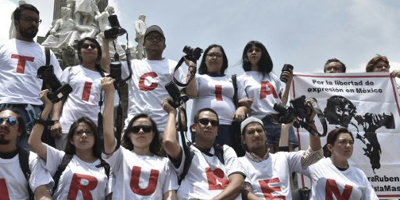
MEXICO CITY - When photojournalist Ruben Espinosa felt harassed by the authorities in eastern Mexico, he fled to the capital. Without protection, he was shot dead in a case still unsolved a year later.
Now, a group of journalists is about to open a secret shelter in Mexico City to protect colleagues like Espinosa in one of the most dangerous countries in the world to be a reporter. "It's a house where we want them to have food, with all the basic services, where they are safe and they have psychological help," Judith Calderon, president of the House of Rights of Journalists, told AFP.
Journalists who face threats can request government protection in Mexico, but the hideout will give another option for those who don't trust the authorities, who sometimes are the tormentors.
The organization refused to reveal the shelter's location for security reasons, but said that it will be able to house a dozen people when it opens in the coming weeks.
The group already has a waiting list.
"Colleagues feel safe because, for the first time, there's a house to protect journalists" without having to ask for help from the government, Calderon said.
Panic button
The House of Rights of Journalists was founded in 2010 by Mexican news media veterans to protect and advise their peers who are in mortal danger.
More than 90 journalists have been murdered and another 17 have disappeared in Mexico since 2000, according to Reporters Without Borders.
In the eastern state of Veracruz alone, 19 media workers have been killed in the past six years. Espinosa, 31, had fled Veracruz due to threats.
Public officials and drug cartels have been accused of intimidating journalists, or worse.
Pedro Tamayo, a 45-year-old crime reporter, was the latest victim of violence in Veracruz.
Tamayo was shot dead on July 20 outside his house in front of his wife and two grown sons, despite being under special protective measures given by the state of Veracruz.
The measures included taking him to another state for several months, and daily police patrols at his house after he returned to Veracruz.
But Tamayo's family said that state police were present during the murder and did nothing to catch the killers.
The federal government launched a program to protect journalists in 2012. Veracruz created its own the same year.
Since then, officials say, 181 reporters have received assistance.
The aid measures range from a panic button to bodyguards and home surveillance cameras. They can also be hidden in other states.
"What will guarantee their protection is physical security along with the reduction of impunity," said Leopoldo Maldonado, coordinator of journalist protection at the press rights group Article 19.
"Impunity persists and that is a clear message that a worse aggression can take place at any time," Maldonado said.
With unsolved crimes and killers roaming free, the Committee to Protect Journalists ranks Mexico in eighth place in its Global Impunity Index, just under Afghanistan and worse than Pakistan or Russia.
Murdered in safe haven
Mexico City is considered safer than other parts of the country, which is why Espinosa's unresolved murder on July 31, 2015, came as a shock.
Espinosa was shot dead along with four women in an apartment. The motive for his killing remains a mystery.
"Ruben's murder was a shock. Although journalists have been attacked by police in protests in Mexico City, most of the murders have taken place in the (other) states," Calderon said.
While Calderon's organization completes the security measures for the shelter, Espinosa's case highlights the weak spots in the informal network that journalists have set up to help colleagues in danger.
Espinosa refused to sign up with the government protection program, and left Veracruz with the help of other colleagues.
Nevertheless the shelter's administrator, the journalist and activist Sara Lovera, is convinced that her project will work.
"We no longer want goodwill or help from alleged saviors," Lovera said. - AFP



